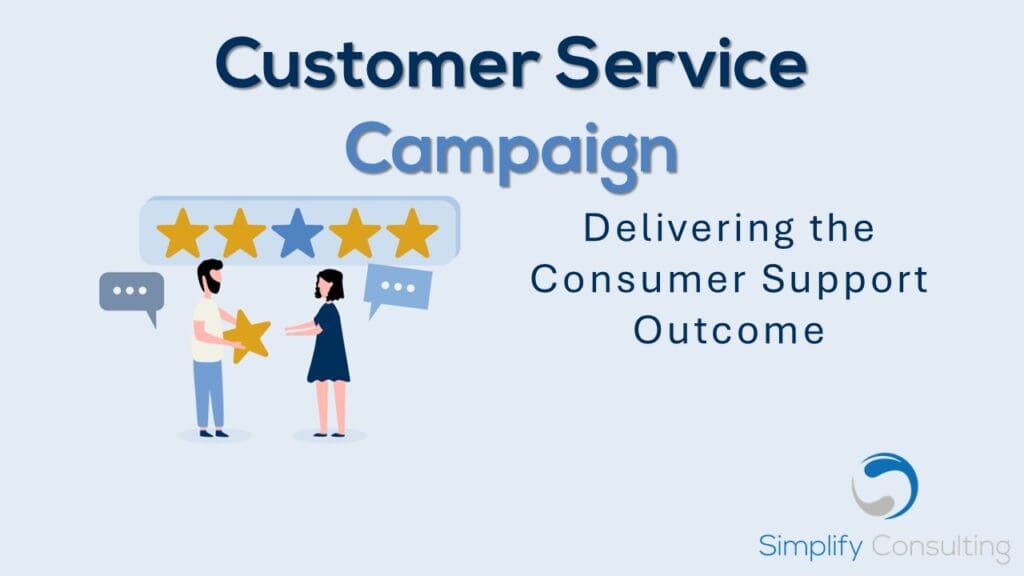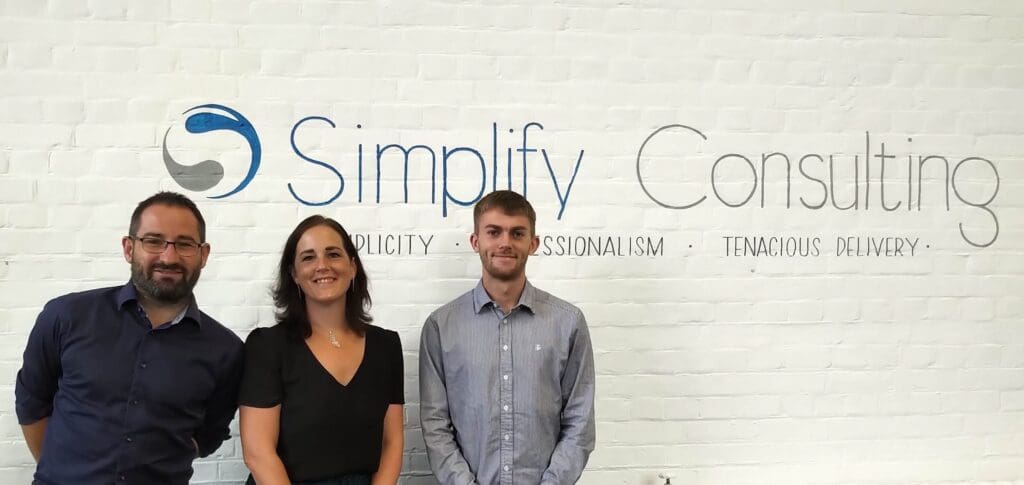As we approach the Consumer Duty deadline, attention should already be on the interactions with customers that sit front and centre of a communications strategy. This means a fundamental and comprehensive review of all outbound correspondence, customer facing web pages and any other forms of communication (e.g. text messaging, marketing campaigns, product literature, etc) to ensure compliance with Consumer Understanding regulations as part of Consumer Duty.
The focus must be on three key facets of Correspondence:
- The understanding of and tailoring of correspondence based on an organisations knowledge of its customer demographic. How has tone of voice, the relationships with customers, the product design and overall comms strategy influenced how correspondence is designed and targeted appropriately. Having an in-depth awareness of the customer base and understanding customer vulnerabilities ensures that correspondence is appropriate to that consumer group.
- The format, messaging, style, design, clarity and simplicity of the communications being provided to consumers, with a specific focus upon those items of correspondence that necessitate a call to action. Ensuring that feedback and MI is used to help identify failure demand and uncertainty.
- The ongoing monitoring and assessment of correspondence in how it is received, perceived and acted upon by consumers. This is a key area in ensuring that the concept of communication design is iterative and subject to continual improvement and assessment to ensure it is appropriate and fit for purpose.
As ever, the rules can be somewhat subjective, but a detailed assessment of all outbound correspondence should identify potential areas of concern that lead to development and rectification work or the introduction of more effective monitoring to ensure the rules are being met.
It’s not too late to start this now.
With the regulatory regime fast approaching for open books, now is the time to instigate that detailed review and this can all be accelerated in a planned and controlled way through prioritisation of those items of correspondence that carry the most risk. This may be because they include a ‘call to action’, they reference fees and charges or explain complex matters that require consumer understanding. We recommend those are looked at first as some of the observations and recommendations may then apply thematically across other items of correspondence (e.g. the terminology, design and content in disclaimers is just one area that is often consistent in the footer of each template and may not be compliant with the spirit of the regulations). Changes can then be made holistically to address a number of issues quickly and efficiently.
In parallel with that analysis, we recommend that an assessment of the monitoring model (if in existence) is carried out to ensure it is fit for purpose and providing the insight required. If it isn’t, we can help design an approach that leverages consumer feedback and data points to inform a continual improvement model that is sustainable, cost effective and most importantly consumer outcome focused. This could be as simple as some proactive customer research (focus groups, interviews, surveys) or utilising existing customer interactions to understand behaviours and overall effectiveness (e.g. assessing response rates for items that request a call to action).
At Simplify we have a tried and tested model for ensuring that correspondence channels are used and content produced in a way that is consistent with the outcomes pursued by Consumer Understanding and that ultimately lead to a more effective communications strategy in the future. Using our simple framework based on the ethos of Consumer Understanding and consistent with the rules set-out, we can quickly prioritise, assess and identify areas for improvement that will ensure compliance with the rules ahead of the impending deadline. Customer interactions play such a strategic role in harnessing relationships in order to drive retention and growth, that investing the time, effort and energy in ensuring that they are fit for purpose, appropriate and effective is fundamental.
Get in touch today to find out how we can help.

Carl Woodward
Director














































































































































































































